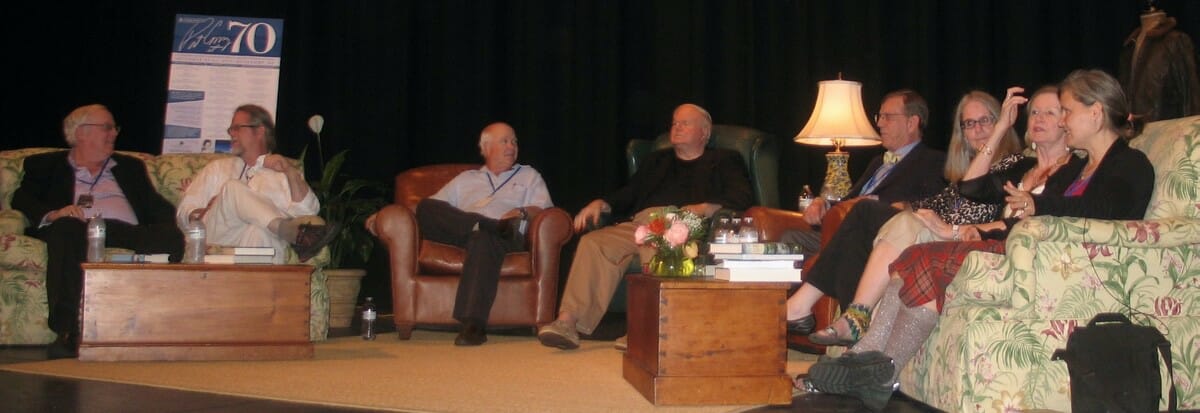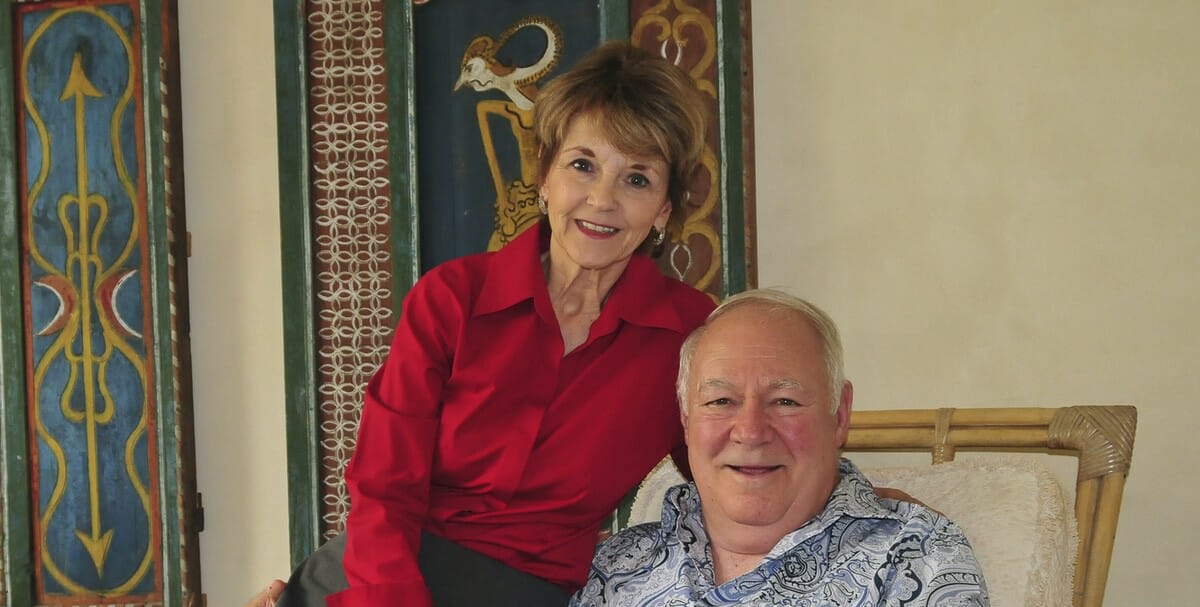By Dr. Mark S. Siegel
The femtosecond laser technology that brought new levels of safety, accuracy and predictability to LASIK surgery is also advancing cataract surgery. In our office, we call the procedure Refractive Laser-Assisted Cataract Surgery (ReLACS), but it also is known generally as laser cataract surgery.
In laser cataract surgery, an advanced femtosecond laser replaces or assists in the use of a hand-held surgical tool for the following steps in cataract surgery:
1 The corneal incision
2 The anterior capsulotomy
3 Lens and cataract fragmentation
4 Astigmatism correction at the time of surgery
Use of a laser can improve the precision, accuracy and reproducibility of each of these steps, potentially reducing risks and improving visual outcomes of cataract surgery.
The Corneal Incision
Traditional cataract surgery is one of the most frequently performed surgeries and also one of the most safe and effective, with predictable outcomes. It is highly dependent on surgeon skill, volume and experience.

The first step in cataract surgery is making an incision in the cornea. In manual cataract surgery, the eye surgeon uses a hand-held metal or diamond blade to create an incision in the area where the cornea meets the sclera. This incision allows the surgeon to gain access to the interior of the eye to break up and remove the cataract, which is a clouding of the eye’s natural lens that is located right behind the pupil. Next, an intraocular lens (IOL) is inserted and implanted, to replace the cloudy natural lens.
The corneal incision is made in a special way so it will self-seal when surgery is complete, without any need for stitches.
In laser cataract surgery, the surgeon creates a precise surgical plan for the corneal incision with a sophisticated 3-D image of the eye called an OCT (optical coherence tomography). The goal is to create an incision with a specific location, depth and length in all planes, and with the OCT image and a femtosecond laser it can be performed exactly without the variable of surgeon experience or patient cooperation.
This is important not only for accuracy but also for increasing the likelihood that the incision will be self-sealing at the end of the procedure, which reduces the risk of infection.
The Capsulotomy
A very thin, clear capsule surrounds the eye’s natural lens. In cataract surgery, the front portion of the capsule is removed in a step called an anterior capsulotomy, to gain access to the cataract.
It is very important that the remainder of the lens capsule that remains intact in the eye is not damaged during cataract surgery, because it must hold the artificial lens implant in place for the rest of the patient’s life.
In traditional cataract surgery, the surgeon creates an opening in the capsule with a small needle and then uses that same needle or a forceps to tear the capsule in a circular fashion.
In laser cataract surgery, the anterior capsulotomy is performed with a femtosecond laser. Studies have shown that capsulotomies performed with a laser have greater accuracy and reproducibility.
Studies also have shown that laser capsulotomies enable better centering of the intraocular lens, and IOL positioning is a significant factor in determining final visual outcomes.
Lens and Cataract Fragmentation
After the capsulotomy, the surgeon now has access to the cataract to remove it. In traditional cataract surgery, the ultrasonic device that breaks up the cataract is inserted into the incision. During this phacoemulsification procedure, the ultrasound energy can lead to heat buildup in the incision, which sometimes can burn the incision and negatively affect the visual outcome by actually inducing astigmatism.
An incision burn also has a higher chance of leaking and sometimes needs multiple sutures to close. The smaller the incision we use, the more this issue is important to consider.
The laser, on the other hand, softens the cataract as it breaks it up. By breaking up the cataract into smaller, softer pieces, less energy should be needed to remove the cataract, so there should be less chance of burning and distorting the incision.
Laser cataract surgery may also reduce the risk of capsule breakage. After the calculation of the proper implant power, there is no step more important for visual outcome than preservation of the capsule that the natural lens sat in. This capsule is as thin as cellophane wrap and it’s important that the portion that is left inside the eye after cataract surgery is undamaged, so it can hold the IOL in the proper position for clear,
undistorted vision.
The reduced phacoemulsification energy required in laser cataract surgery may also make the procedure safer to the inner eye, which reduces the chance of certain complications, such as corneal decompensation or retinal complications.
Astigmatism Correction at the Time of Cataract Surgery
To reduce the need for prescription eyeglasses or reading glasses after cataract surgery, it is important that little or no astigmatism is present after implantation of IOLs, especially presbyopia-correcting multifocal IOLs.
Astigmatism usually is caused by the cornea being more curved in one meridian than others (in other words, it’s shaped somewhat like a football). To reduce astigmatism, small incisions can be placed in the periphery of this more curved meridian; as the incisions heal, this meridian flattens slightly to give the cornea a rounder, more symmetrical shape (like a baseball).
This procedure is called limbal relaxing incisions (LRI) or astigmatic keratotomy (AK). Surgeons can perform LRI or AK manually with a diamond blade, and it is quite effective in reducing astigmatism.
During refractive laser-assisted cataract surgery, the OCT image can be used to plan laser LRI or AK incisions in a very precise location, length and depth. This increases the accuracy of the astigmatism-reducing procedure and increased the probability of good vision without glasses after cataract surgery.

Laser Cataract Surgery Systems Currently Available
A number of medical device companies worldwide manufacture systems for performing laser cataract surgery. There are four Systems that have attained FDA approval and are currently available for laser-assisted cataract surgery performed in the United States. We use the LenSx system in our practice.
• LenSx. The LenSx system (Alcon) was the first femtosecond laser system to gain FDA approval for cataract surgery performed in the U.S. The LenSx system is approved for corneal incisions, capsulotomies and lens (cataract) fragmentation and has been used in more than 400,000 cataract refractive procedures worldwide, according to Alcon
Cost of Laser Cataract Surgery
Refractive laser-assisted cataract surgery costs more than conventional options. Medicare or private health insurance does not cover extra costs of laser cataract surgery since the laser is used to treat astigmatism or is used in conjunction with advanced technology IOLs, which is not a covered service. You will pay extra out-of-pocket per eye for a laser-assisted procedure.
Conclusion
It is important to put this new technology into proper perspective. Manual cataract surgery is very effective and successful. People who do not want to invest out-of-pocket money in laser cataract surgery can still feel confident about the manual approach.
But if you want the best possible vision, laser cataract surgery is more precise, accurate and gentle. A more accurate and precise incision, capsulotomy and astigmatic correction may help you achieve your goal of less dependence on glasses after cataract surgery.
Cataract surgeons who use lasers say that their advantages are especially evident when it comes to advanced technology, premium implants such as presbyopia-correcting multifocal IOLs and toric IOLs for astigmatism. The advantages can include better lens placement and therefore more accurate visual outcomes.
To decide if laser cataract surgery is the best choice for you, ask your cataract surgeon for more information about this exciting technology during your preoperative exam and consultation.








